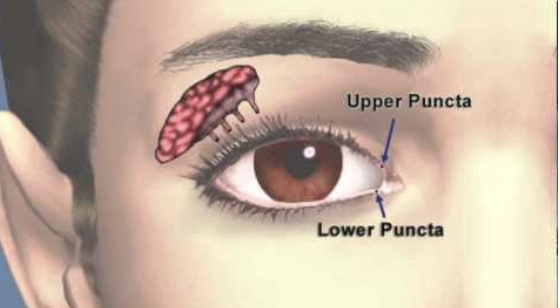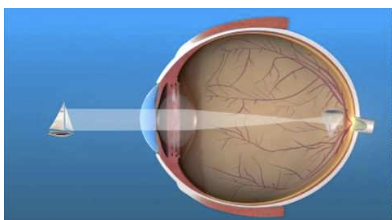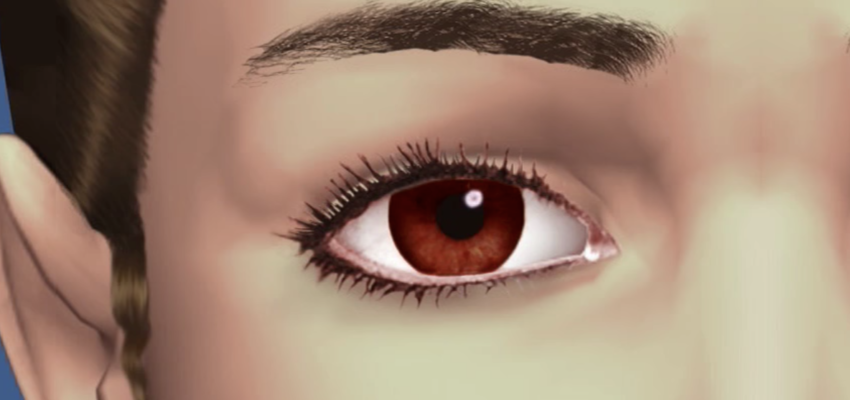Tears are necessary to keep our eyes moist and health. This helpful video from the American Academy of Ophthalmology will help answer questions and explain common eye diseases and treatments.
Diabetic Retinopathy
Diabetic Retinopathy can refer to a variety of problems involving blood vessels in the eye. This helpful video from the American Academy of Ophthalmology will help answer questions and explain common eye diseases and treatments.







